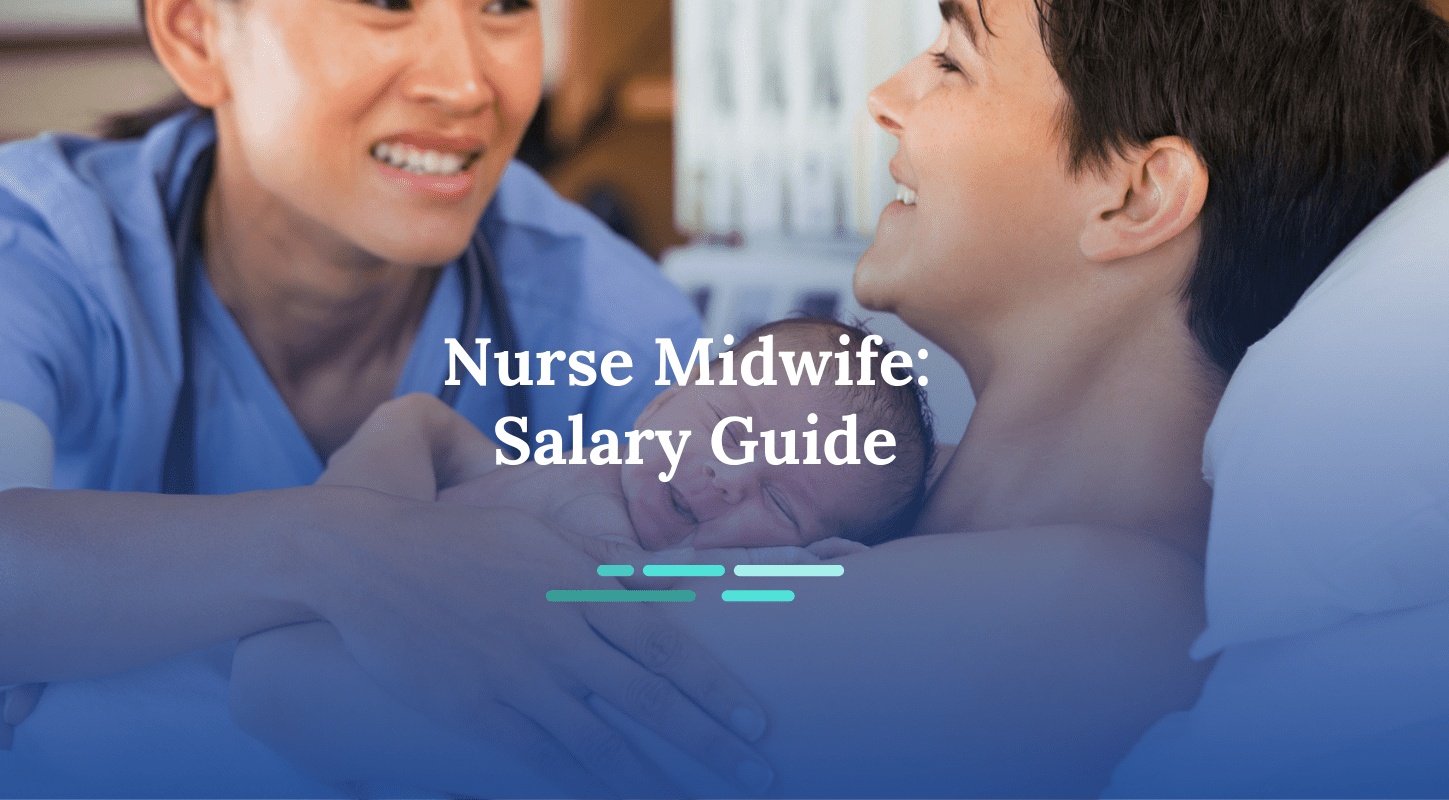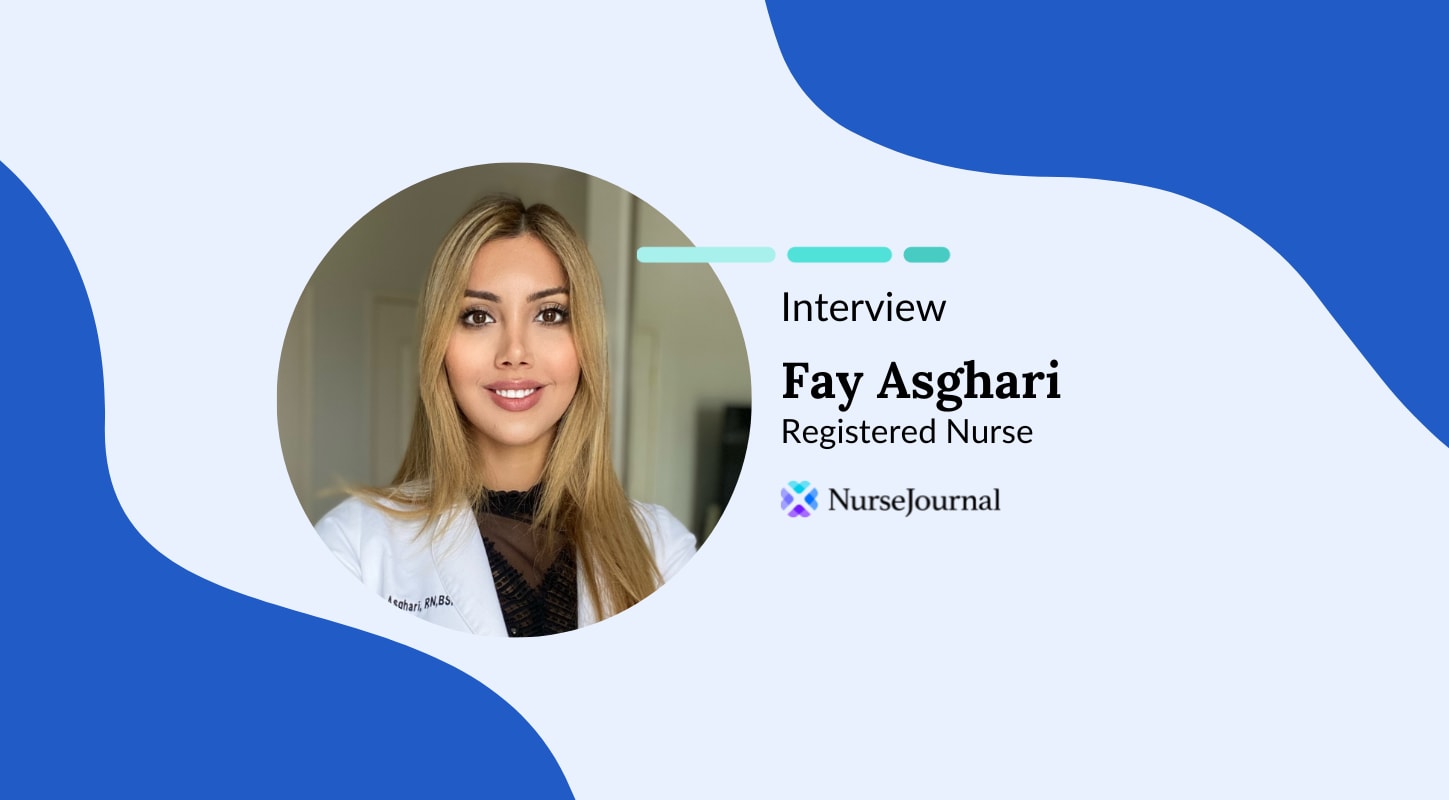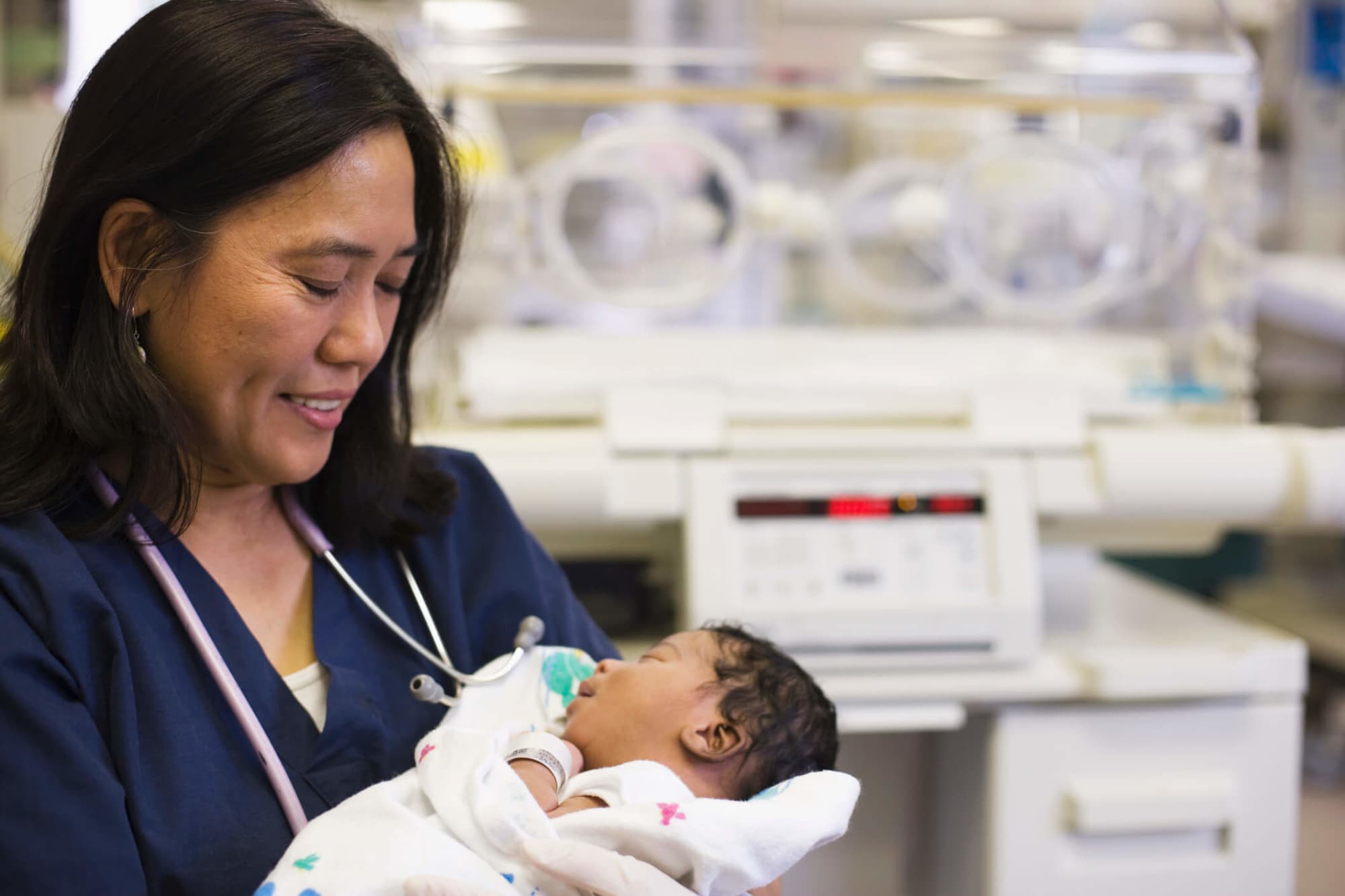Meet a Nurse Midwife


Certified nurse midwives (CNMs) are advanced practice registered nurses who help expecting parents in every aspect of the birthing process to ensure that the baby and parents are safe and healthy in their care. All CNMs provide highly skilled care as advanced practice nurses and require postgraduate education and extensive experience.
We spoke with Michelle Palmer, a CNM and assistant professor of nursing, who shed some light on her experiences working as a nurse midwife, what led her to this path, and some of the most challenging and fulfilling aspects of her career.
Read on for more first-hand insight into the life of a nurse midwife and additional information on how to enter this rewarding field.
Q&A With a Nurse Midwife

Michelle Palmer
Michelle Palmer, MSN, CNM, RN, FACNM, is a seasoned nurse midwife who has practiced in a variety of settings, including at a remote rural maternity center in New Zealand where she obtained a two-year appointment managing the center and attending births at home. As a clinical assistant professor of nursing at the University of Rhode Island, her research is primarily focused on promoting optimal outcomes for maternal and child health; physiological care in the extended postpartum period; and utilization of the midwifery model of care. Palmer is a nationally certified nurse educator and nurse midwife. She is a fellow of the American College of Nurse-Midwives in recognition of her clinical contributions to the specialty.
Q: What got you interested in practicing midwifery? When in your nursing career did you decide to follow this specialty path?
I became interested in midwifery after graduating from the University of Rhode Island (URI) with my bachelor’s degree in art history. I traveled to Peru with a friend to visit the Peruvian architecture I had studied during my time as an undergrad. My traveling companion found out she was pregnant on our journey and went on to give birth at home in Rhode Island the following February.
I knew it was what I was supposed to be doing, so I returned to school and graduated as a nurse midwife after completing an accelerated baccalaureate program in nursing at Creighton University, a certificate program in nurse midwifery from the Frontier School of Nursing, and a master’s degree from the Frances Payne Bolton nursing program at Case Western Reserve University.
Q: What is a day in the life of a nurse midwife? Walk us through what a typical shift might look like for you.
My days are always different. Today, I worked as a clinical instructor at Landmark Medical Center as a clinical assistant professor for the College of Nursing at URI. Upon finishing teaching, I continued to work in my role as a midwife supporting a mother in labor and then went on to a home visit for a mother expecting in early May.
I love that I work providing the full scope of midwifery care including primary care, newborn care, and a wide scope of reproductive healthcare to people in a variety of settings — from the office, their homes, or the hospital. I also love that I get to teach nursing, medical, and midwifery students. Typically, midwives in clinical practice work several office days in addition to their time on call for labor and birth.
On a typical call day at the hospital, I will begin my day providing care to postpartum parents and newborns, and then I may see a pregnant woman for a labor evaluation or may provide care for a reproductive health concern. If someone comes in who is in labor I will provide labor support and attend their birth. I can prescribe medications, order laboratory work or diagnostic imaging, surgically repair minor lacerations that can occur during labor and birth as needed, and consult, collaborate, or refer to other members of the healthcare team when indicated.
I am an expert in normal physiology of reproductive health, pregnancy, birth, postpartum, and the normal newborn, trained and skilled in the recognition of deviations from normal, and able to respond to emergency situations requiring neonatal resuscitation or birth emergencies such as postpartum hemorrhage or shoulder dystocia when indicated.
Q: What are some of the most rewarding aspects of your career?
The continuation of care with someone over time. I love caring for someone as they are moving through their journey — maybe providing family planning or primary care, and then maybe pregnancy labor and birth care, basically sustaining a healthcare relationship over time.
Q: And most challenging?
There are many: difficult conversations, supporting someone through relationship difficulties, holding space for someone’s journey as they navigate their sexuality, or fertility, supporting a person through a pregnancy loss, postpartum depression, an abnormal diagnosis, healing from birth trauma, the politics involved in healthcare. This work takes an open nonjudgmental heart, persistence, patience, and stamina.
Q: You have attended at-home births, hospital births, and even practiced at a remote rural maternity center in New Zealand. Do all of these settings offer different experiences?
Yes, each has offered and continues to offer many opportunities for growth. I am grateful for how they all connect and continue to offer new experiences to learn from and to offer a perspective that there are many paths to optimal health.
The opportunity to live and work in a different geographic location and culture was a gift. The intimacy and agency a family has in their own space is definitely unique and special. Being able to work in and witness as a provider and an educator the amazing skill and dedication of hospital colleagues in these challenging times has been heartening.
Q: Any memorable experiences that stand out most from your career?
Many. Witnessing the birth of a mother, parent, family. Supporting the first hours and days of a newborn being in the world. Watching a student’s eyes light up as they witness their first birth or realize how they impact a person’s experience with their therapeutic presence. When members of the healthcare team come together seamlessly to provide optimal care.
Q: What advice might you offer someone who is considering pursuing a career track in nurse midwifery?
Keep an open mind and heart. Be patient with yourself. Realize it is not all happy moments. Find the educational program that you feel will best support you on your journey for both the clinical and academic experience you are looking for. I am always happy to discuss options with folks who are interested.
What Does a Nurse Midwife Do?
—
“I love caring for someone as they are moving through their journey — maybe providing family planning or primary care, and then maybe pregnancy labor and birth care, basically sustaining a healthcare relationship over time.” — Michelle Palmer, CNM
A CNM’s daily tasks can vary from day to day; one day may be spent caring for postpartum parents and another day educating patients on sexual health issues. Nurse midwives care for a patient throughout their whole pregnancy, which fosters a close relationship with the patient and their family.
Working in tandem with a patient’s primary care providers and other nurses, a CNM can give routine checkups, prescribe medications, and access diagnostic tests.
Key skills and responsibilities of this role include:
- Working with other healthcare providers for optimal care for a patient
- Creating a close relationship with patients
- Remaining calm in stressful situations
- Being adaptive to different work environments
- Supportive
- Strong-willed
How to Become a Nurse Midwife
How Much Do Nurse Midwives Make?
Nurse midwife salaries can vary based on factors including experience, practice setting, and certification. The majority of nurse midwives can earn an average salary of $115,540, according to the U.S. Bureau of Labor Statistics. The BLS also reports that employment for nurse midwives will grow 12% from 2019-2029.
California boasts the highest percentage of employed CNMs and the highest average salary of $159,590 annually for nurse midwives practicing in the state. Healthcare facilities such as hospitals, birthing centers, and public health clinics employ the highest concentration of nurse midwives.
$115,540
Average Annual Salary
SOURCE: U.S. Bureau of Labor Statistics
+12%
Demand for Nurse Midwives Through 2029
Major metros
Highest Paying Areas
Nurse midwives can earn +$110,000 a year







